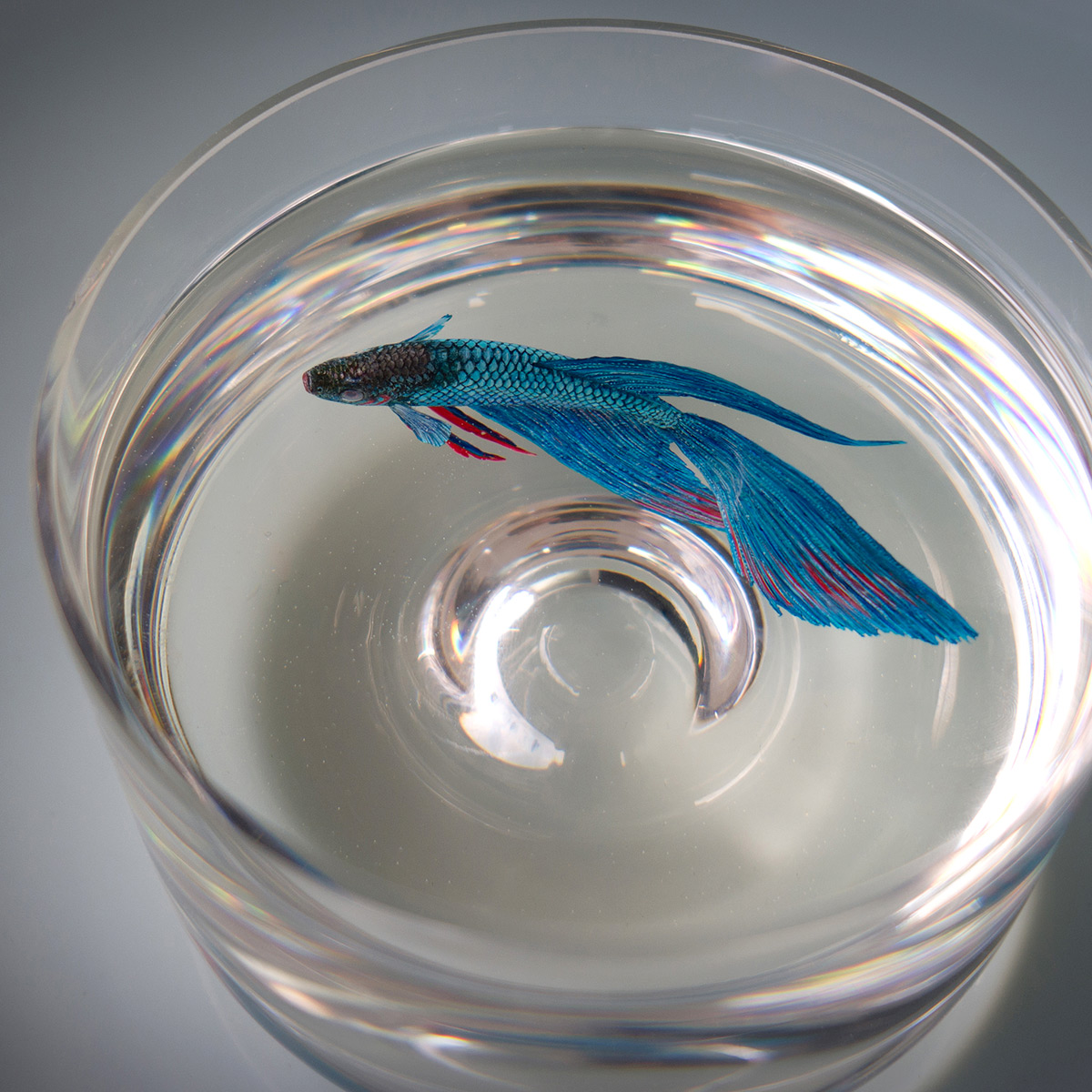
The FEP film is the interface between the resin tank and the UV light element or optical window. Not meeting this prescribed time will almost certainly cause layer adhesion issues on top of other visual and mechanical problems. The entire process of photopolymerization takes a fraction of a second, but there is still a prescribed time for optimal layer formation. Through exposure to UV radiation, the compounds in the resin gain the energy to form molecular linkages and create long-chain polymers. The process of UV curing is at the very heart of the resin printing process.

For resin printing, layer separation and delamination can be caused by the following factors: Insufficient curing

However, the root cause and possible solutions can be different for each type of 3D printing method. Layer separation is a fairly common problem in 3D printing, regardless of which technology is used. What causes layer separation in resin printing? Layer separation affects not just the aesthetics of a 3D print, but also its mechanical integrity. When layer separation happens, the defect is typically large and visible enough that the whole project will have to be redone. In the case of resin printing, some pieces of cured resin can break off and float in the resin tank. It can also be described as layers peeling away from each other. Layer separation, also known as delamination, is a defect that is observed when the layers of a 3D print separate from each other. In this article, we will be tackling the potential problem of layer separation. This does not mean that you can expect the resin printing experience to be free of issues. Resin printing seemed like the scarier and more intimidating version of desktop-based 3D printing some years ago, but that is no longer the case now. There may also be issues if the FEP film is due for replacement. If increasing exposure times does not work, you may consider changing the orientation of the model.

Layer separation or delamination in resin printing is typically caused by insufficient exposure of layers resulting in sub-optimal curing. 3D Insider is ad supported and earns money from clicks, commissions from sales, and other ways.


 0 kommentar(er)
0 kommentar(er)
